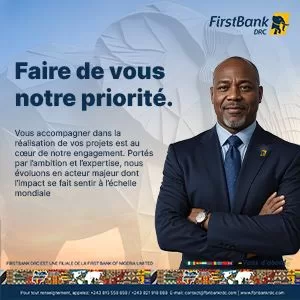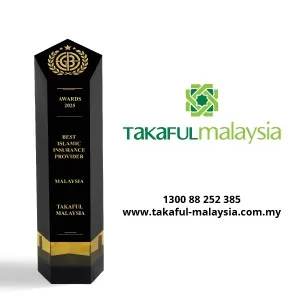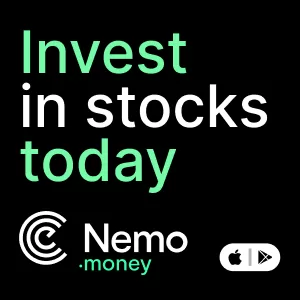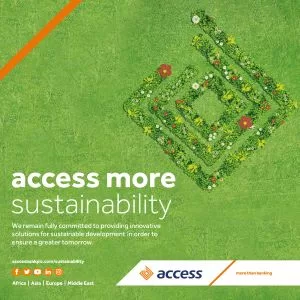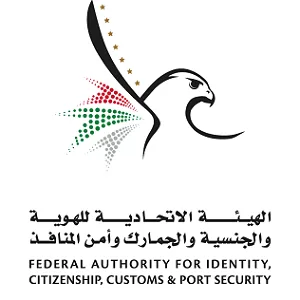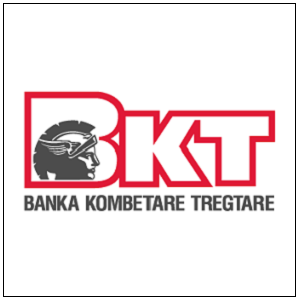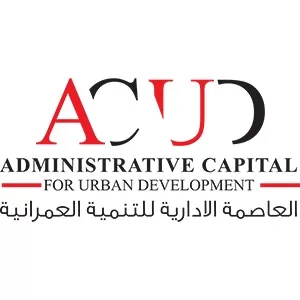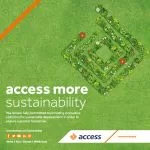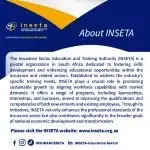Resources
Holy White Smoke Over Rome: The First American Pope Steps Into History
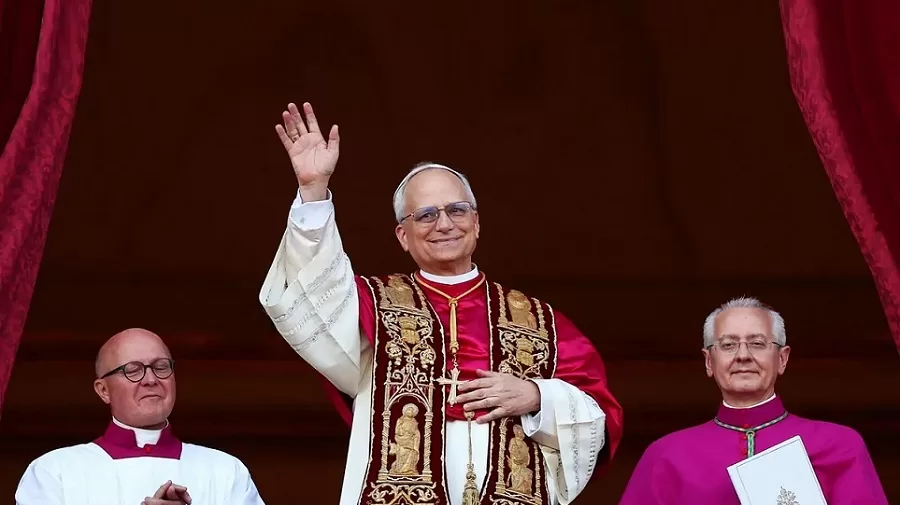
- Cardinal Robert Prevost of Chicago became the first American-born pope to anoint himself as Leo XIV, following a rather quick, two-day conclave.
- His cross-continental pastoral experience and administrative record shape the beginning of a globally significant papacy.
On 8 May 2025, white smoke billowed above the Sistine Chapel, marking the election of a new pope following the two-day conclave triggered by the death of Pope Francis. The announcement that followed carried historic significance: Cardinal Robert Francis Prevost, an American-born member of the Augustinian order, had been chosen as the new leader of the Catholic Church. He will be known as Pope Leo XIV.
A Pontiff From Chicago and Peru
Born in Chicago in 1955, Robert Prevost has spent much of his clerical life serving beyond the United States. A missionary for more than ten years in Peru and eventual Bishop of Chiclayo, he speaks Spanish fluently and has deep knowledge of Latin American culture and pastoral problems. These connections have led many Peruvians to feel that he is one of them.
Prior to his election, he held a key post as prefect of the Dicastery for Bishops, where he played an influential role in bishop appointments around the world. The administrative skills of his had also afforded experience in managing cultures while pastoring, hence the choice of his candidature as a unifying figure during times of tensions and transitions all over the world.
Remembering Pope Francis
Pope Francis, born Jorge Mario Bergoglio in Buenos Aires, Argentina, served as the 266th pope of the Roman Catholic Church from March 2013 until his death on Easter Monday in 2025. He was the first pope to be born in the Americas and the Southern Hemisphere and the first Jesuit to hold such an office. The pastoral styles, humility, and concern for social justice offered a different perception of the papacy in the eyes of the world. He took up advocacy on climate change, poverty, and interfaith dialogue while also pursuing major reforms within the Vatican about financial transparency and curial efficiency.
His approach often contrasted with previous pontificates, favouring dialogue and inclusion over doctrinal rigidity. Throughout his tenure, he remained a strong advocate for migrants, the marginalised, and victims of clerical abuse. His papacy also included two synods on the family and a renewed focus on synodality, aiming to make the Church more participatory. Francis died at the age of 88, leaving behind a complex legacy of reform, compassion, and global engagement.
The Papal Election Process
When a pope dies or resigns, the College of Cardinals is tasked with electing a successor through a papal conclave. Eligible cardinals—those under the age of 80—gather in the Sistine Chapel, where they vote in secrecy until a two-thirds majority is reached. The process is designed to be both spiritually reflective and procedurally rigorous, with ballots burnt after each voting round. If no pope is elected, black smoke rises. When consensus is reached, white smoke signals a successful election.
In May 2025, 133 cardinal electors entered the conclave following the death of Pope Francis. Deliberations began on 7 May and concluded the next day. The election of Cardinal Robert Prevost was reached in a relatively short time, reflecting broad support among the electors. The result was announced to the world by Cardinal Dominique Mamberti from the balcony of St Peter’s Basilica, as is tradition.
This conclave followed the death of Pope Francis, who passed away on Easter Monday at the age of 88. Francis, who had served since 2013, was the first pope from Latin America and was known for his emphasis on social justice, the environment, and church reform. His death marked the end of a deeply impactful papacy.
First Words to the World
In his first address as pontiff, Pope Leo XIV greeted the gathered faithful in Italian with the words, “Pace a tutti voi”—“Peace be with you all.” He also addressed the crowd in Spanish, paying homage to his long years in Peru and acknowledging the global nature of the Church today.
He expressed gratitude for the life and service of Pope Francis and called for unity, prayer, and renewed commitment to the Church’s mission. Though his speech was brief, it set a tone of calm authority and pastoral outreach.
A Name with Significance
Pope Leo XIV is the first to take the name since Pope Leo XIII, who served from 1878 to 1903. That earlier pontiff is remembered for his strong emphasis on the rights of workers and the moral foundations of social life. The choice of name signals a possible alignment with themes of social doctrine, labour justice, and intellectual engagement with modern issues.
Public and Global Reaction
Reactions across the world have varied. In Peru, where Prevost’s pastoral roots run deep, celebrations broke out in Chiclayo and Lima. Many locals expressed pride in what they see as a shared legacy.
In the United States, his election has been viewed as a landmark event, with many Catholics and public figures praising his leadership style and experience. The president and church leaders issued formal statements of congratulations, emphasising the historical nature of the appointment.
European media, especially in Italy and France, have adopted a more measured tone. While acknowledging Prevost’s administrative skills, editorials have raised questions about the implications of an American-born pope for Vatican diplomacy and cultural messaging.
An Experienced Voice
Pope Leo XIV enters the role with both pastoral and institutional experience. As prefect of the Dicastery for Bishops, he worked directly on some of the most delicate and high-stakes appointments within the Church hierarchy. His time in Peru, along with his American upbringing, gives him a unique understanding of two very different ecclesial and cultural settings.
He is described by colleagues as composed, careful in language, and methodical in administration. These traits may serve him well in the coming months as he takes on the task of leading a 1.3 billion-member church with regional and theological differences.
What Lies Ahead
Pope Leo XIV inherits several major challenges:
- Addressing clergy sexual abuse with continued transparency
- Advancing reforms to Vatican finances and governance
- Managing delicate geopolitical relationships, including with China
- Responding to declining Church attendance in parts of Europe and North America
Observers expect his early months to include key appointments, policy signals, and potential structural shifts inside the Roman Curia.
A Global Church, A Global Leader
The Catholic Church today spans every continent and culture. The selection of a pope with American roots and Latin American pastoral grounding reflects that reality. It is also a reminder that the modern papacy cannot be confined by geographic or political assumptions.
As pilgrims fill St Peter’s Square once again and flags from across the world wave under Roman skies, the Church embarks on a new chapter. Pope Leo XIV steps forward not only as a symbol of unity but as a man formed by a lifetime of service across hemispheres.
The world will now watch as he begins the work of shaping his papacy—and shepherding the Catholic Church into its next era.





